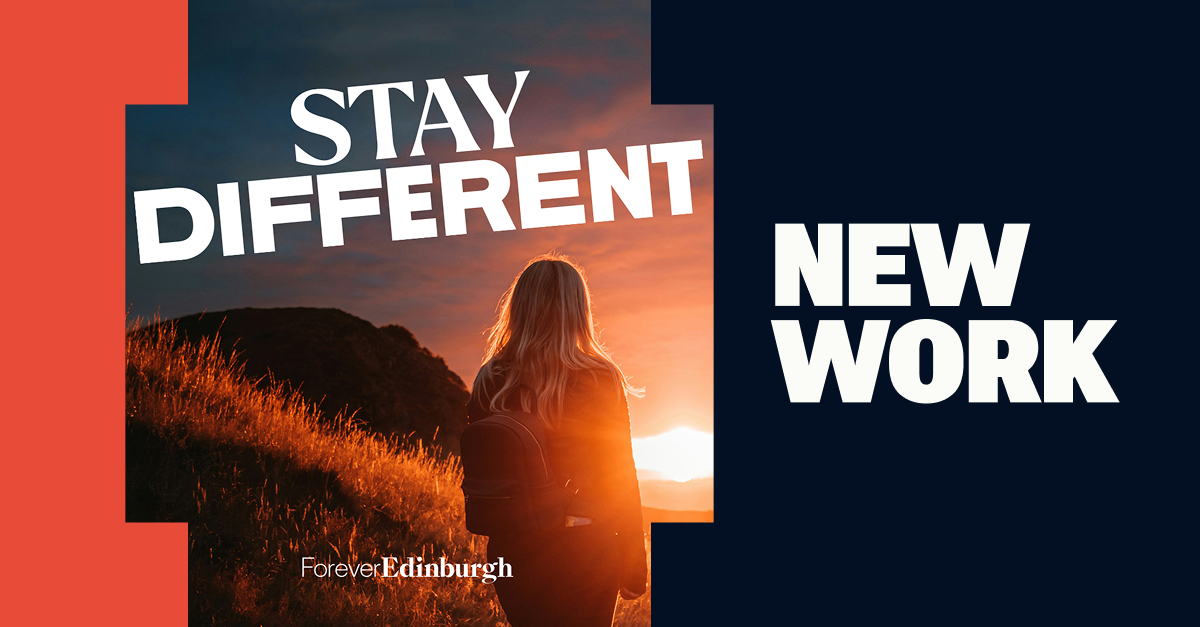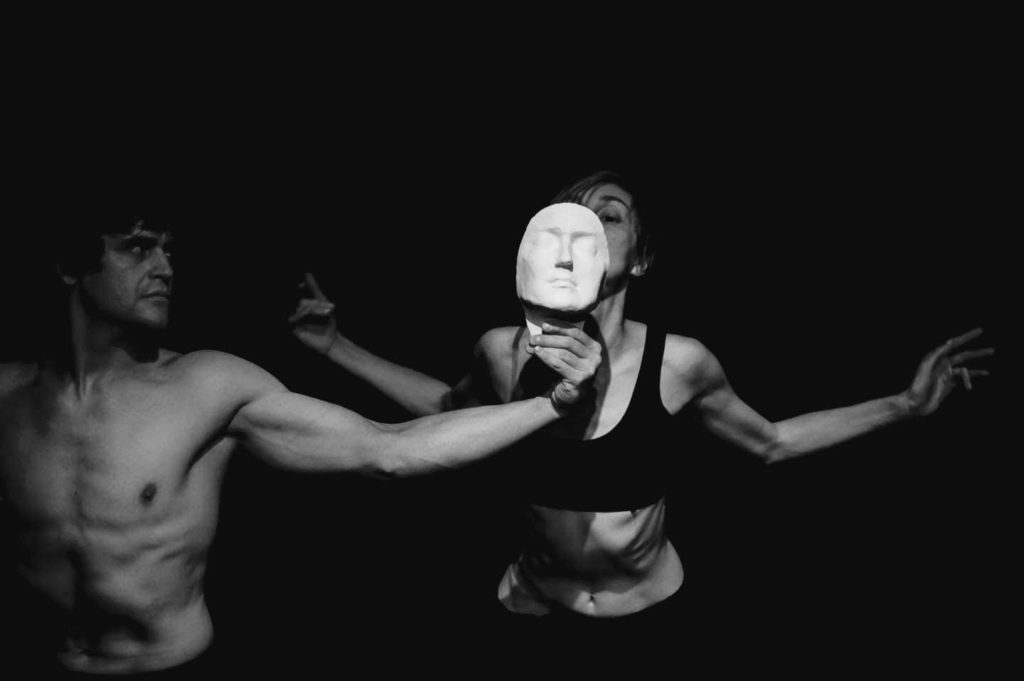
In troubled and divisive times forget the opiates, the Festival & Fringe are must do drugs.
For just over three weeks every year Edinburgh collectively inhales the Festival and Fringe. Frankly, you don’t really have a choice about whether or not you end up in the middle of it. I’m going to argue that if you want to feel the pulse of the world, and more importantly understand the pulse of yourself, then you shouldn’t fight it.
If I was a doctor I’d prescribe the Fringe en-masse, because as legal highs go it’s about as good as it gets; It’s non-discriminatory, lasts a lifetime, is hard to OD on, and keeps your mind wide open. And boy do we need more open minds and new ideas in 2019.
Yes, for some the Fringe is everything that drives them crazy: Other people having fun, delayed buses and gridlock, pavements crowded with buskers and wheelie-case toting Airbnb-ers walking so slowly it barely seems possible. Oh yes, and there’s Guru Dudu’s ‘not so silent’ disco, (and his rather crass dancing round a homeless man).
So the Fringe isn’t perfect, but for all its bloated content and swathes of pop-up cocktail bars it’s a transformative force that makes me question just what game are people playing for the remaining 49 weeks of the year. How honest we are about our real selves?
The Fringe increasingly unlocks a much more connected, collective and open self. One that just might help diffuse the divisive and confrontational politics that are defining the world right now.
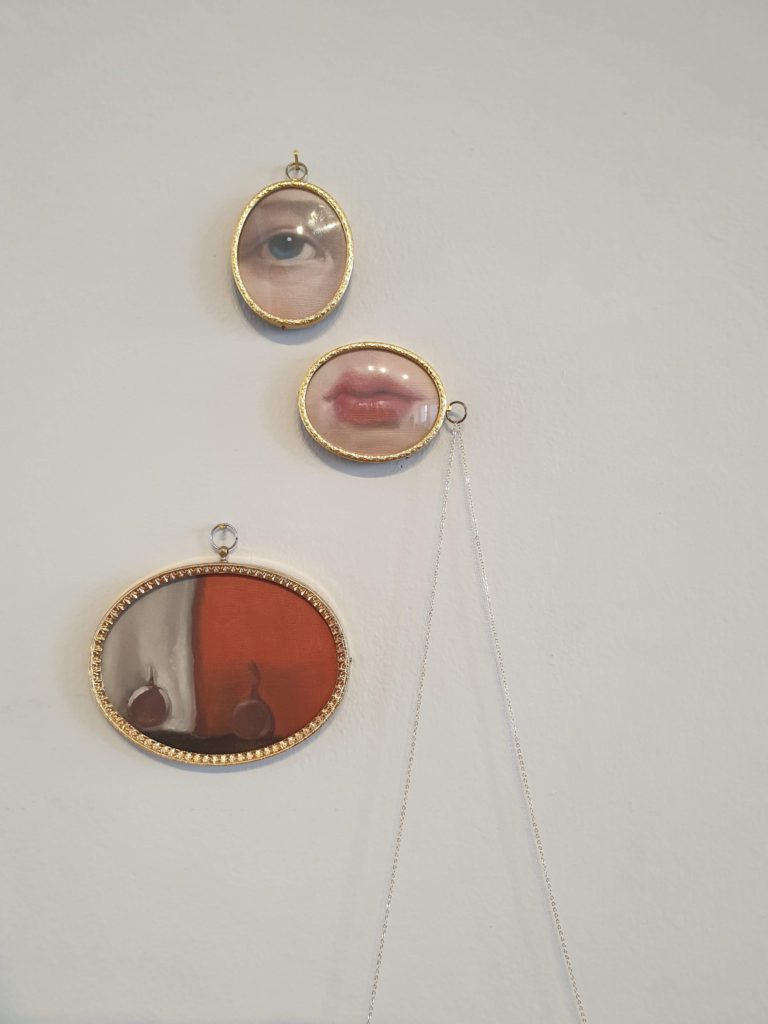
“A sleeper cell that grows and infects those lucky enough to be in town in August with a spirit of creativity, bravery and honesty.”
Important then, even more important now.
I first visited the Fringe in 1986. Back then Glasgow bossed it for swagger, noise, edge and creativity for 11 months of the year. For me Glasgow always feels like a slightly wetter, colder version of my home town Liverpool. Both are ‘aggressively welcoming’ brimming with defiance, healthy levels of irony and arrogance. (And both equally irritating to those who don’t get it).
Back in ‘86 the Fringe & Festival were much smaller. They felt like the preserve of a clique (probably my clique if I’m honest). No co-incidence that The Guardian printed the daily ‘what’s on’. For sure, plenty of locals attended. And though Archaos camped out at Leith Links and Marco’s Leisure Centre brought the Fringe to Polwarth, the energy levels, agenda busting and enthusiasm felt more contained. Once we hit early September solemnity and silence resumed for many locals as they ‘got their city back’.
Today the Fringe is so much bigger, and so is the city. Edinburgh dines alfresco. It’s richer, slicker and gentrifying at pace. The Uni and Fintech sectors are booming and Fountainbridge is rising from the ashes. But as Edinburgh grows it feels like chunks of the City are becoming architecturally forgettable, culturally vacuous, and worryingly detached from a social point of view. For example, the faux floral decoration that sprouted this year on cafes, bars and hairdressers ooze a bewildering ignorance about the environmental crisis that envelops us. They’re perhaps the perfect homage to Edinburgh’s ‘Fur coat and nae knickers’ moniker. Plastic flowers for a plastic culture.
Meanwhile in the city centre the ‘ship-you-in ship-you-out eateries’ are driving smaller operators to the wall. But luckily all is not lost. Every year the Fringe leaves a little piece of itself behind, a bit like a sleeper cell that grows and infects those lucky enough to be in town in August with a spirit of creativity, bravery and honesty.
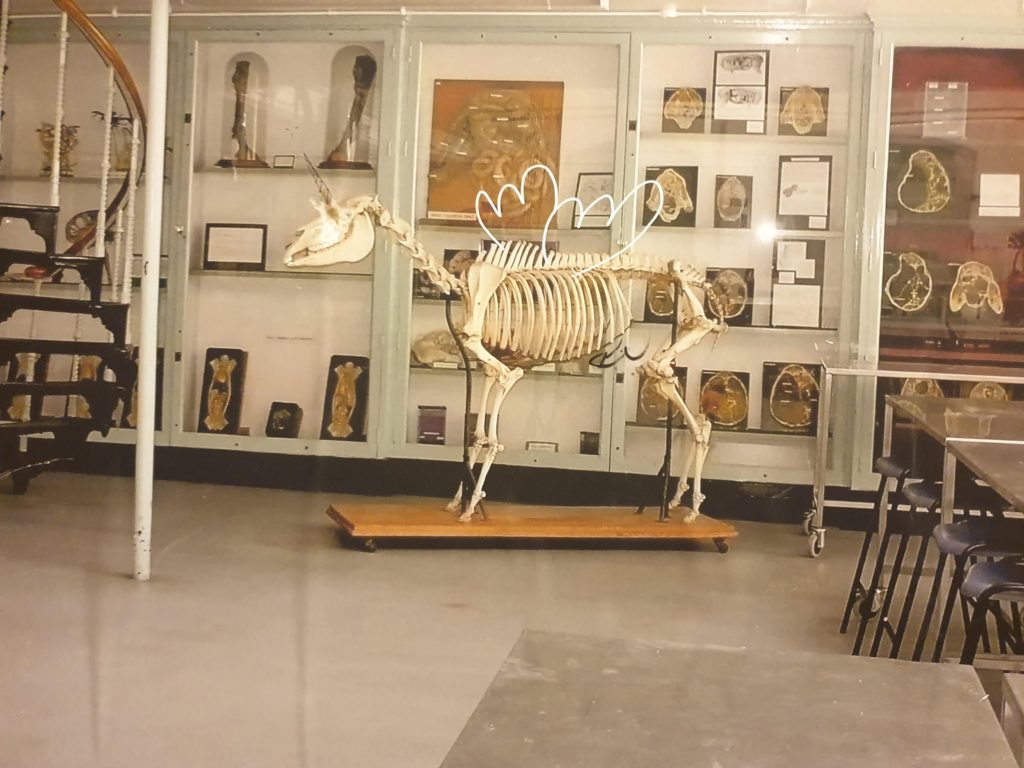
Having just slated the ‘ship you in’ eateries, the city needs them to cater for the volume of visitors that keep it afloat. They’re also wheelchair accessible, have decent washrooms (no bad thing especially at festival time), and their clientele are also infected by the drug that is the Fringe.
A sanitised centre with deliciously subversive hinterlands.
As the City centre has become more corporate, the fringes of the Fringe have sought out new performance spaces and breathed life and money into some old ones. The Shore in Leith has been rock-solid creative real estate for decades, but now long-mothballed parts of Leith’s hinterlands in Bonnington are coming back to life.
The re-born Leith Theatre’s enjoyed the full force of Kate Tempest amongst others in 2019. The potency of The Leith theatre is its ‘held together by damp, hope and history’ vibe. It also manages to transcend generations in a way that Book Festival and Charlotte Square never will (…or will it?) The brilliantly provocative, if demure, Edinburgh Book Festival’s ‘on the road’ programme now takes a chapter of the EBF on tour around Scotland throughout the year. So even the most unchanging cell of ‘the Festivals’ is changing. Next stop West Pilton in 2020?
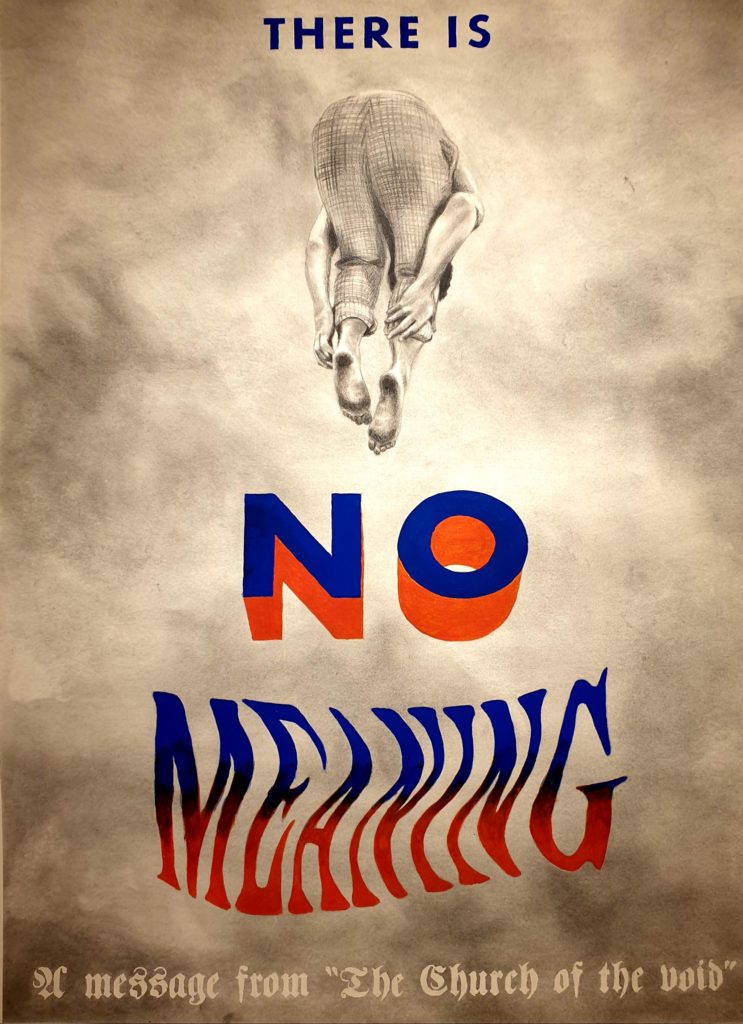
And so, to Summerhall.
Summerhall is probably the closest we have to the spirit of Berlin and a youthful Richard Demarco’s & Co’s vision for the Festival in the dreary days of the 50’s. Summerhall is an unapologetically uncompromising space, one that welcomes and confronts at the same time. It is a gift given to the city and its visitors by Robert McDowell, with a mission to ‘Open Minds, Open Doors’. And it does so in spaces that once dissected animals and now dissect our souls, through shows that challenge prejudices, interrogate identity, and probe our deepest hopes and darkest truths.
This year these spaces played host to everyone from acrobats to activists, sex workers to social workers and of course, extinction rebellion. To spend an evening in the courtyard is to experience a mash-up of humanity. It’s a must stop destination for everyone who wants to connect with the ideas and energy of others and themselves. But openness is not the preserve of Summerhall, the Traverse and the arts set. For even the Hive, yes, the Hive on Niddry Street, was infected by the Fringe’s agenda-busting narratives, mind opening ways and collective happenings…
Yes, even The Hive!
That dank, sweat-soaked heterosexual haven, played host to some soul searching and bonding that went far beyond what’s normal for Edinburgh. During an hour that at times felt like Jeremy Kyle on acid, a packed house of mundanely dressed people just like me were taken on a gloriously uncomfortable and ultimately infectious lesson in gender identity, honesty and bonding. To see a crowd of randomers holding hands, singing the praises of, and celebrating gender neutrality was other worldly.
A window on the world and your soul.
So yes, I’d argue that perhaps it’s not really those on stage who are the performers but us, the audience. Acting out a bland conformity for 340+ days a year and being our real selves for 21. As a certain TV show says “Who do you think you are?”
A yearly dose of the Fringe might just help you find out, and help us all to contribute to making our confrontational world a far better, more creative and fulfilling place.
As the curtain comes down on this year’s spectacle, it’s down to us to figure out how we take that energy and inspiration into the rest of the year, without reverting to conventionality.
Some stats from the 2020 Fringe
- Over 3 million tickets sold
- Acts from 63 countries
- 857,000 tickets bought by Edinburgh residents


